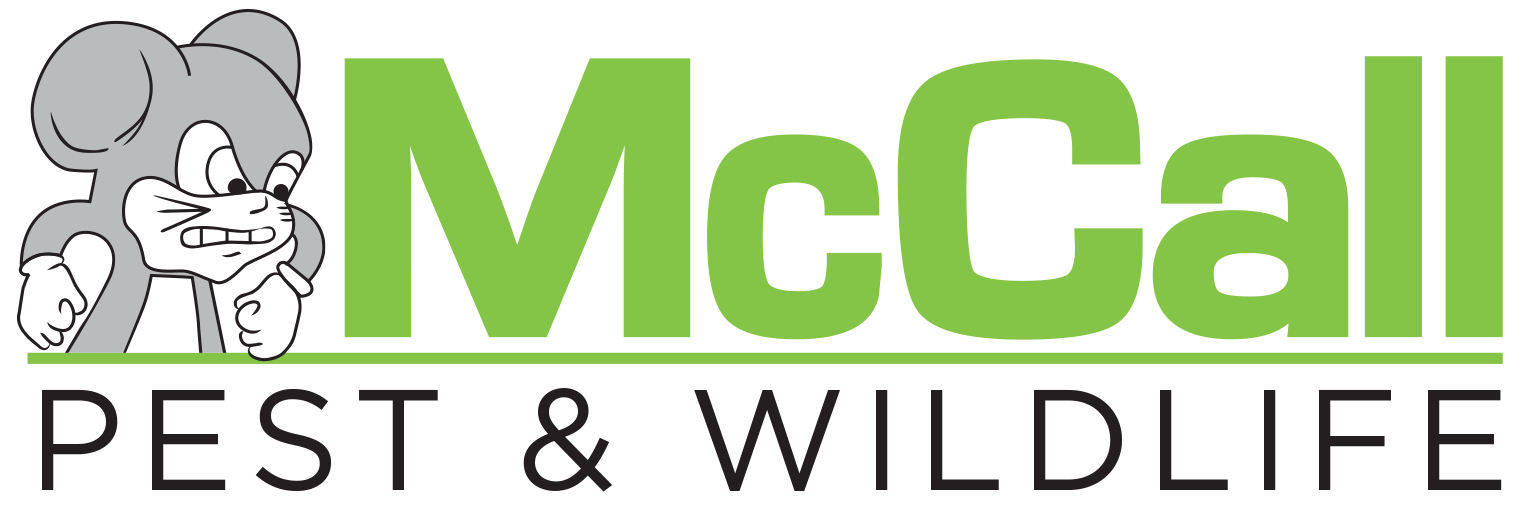Termites are a significant threat to Florida homeowners due to the state’s warm, humid climate, which provides the perfect environment for these destructive pests. If left unchecked, termites can cause extensive structural damage, leading to costly repairs. Knowing the signs of termites and taking immediate action can help protect your home. In this article, we’ll discuss how to spot a termite infestation, common termite species found in Florida, and what to do if you suspect termites in your house.
Common Signs of a Termite Infestation
Termites often go unnoticed until they have caused considerable damage. Here are some key indicators that your home may have a termite problem:
1. Discarded Wings (Termite Swarmers)
Termite swarmers, or reproductive termites, emerge in large numbers to establish new colonies. These winged insects are often mistaken for flying ants. After finding a suitable location, swarmers shed their wings, leaving behind small piles near windowsills, doors, and light sources. If you notice discarded wings inside your home, it’s a strong indication of a nearby termite colony.
2. Hollow or Damaged Wood
One of the most destructive aspects of termites is their ability to consume wood from the inside out. If you tap on wooden structures and hear a hollow sound, it may be a sign of termites. Additionally, termite-damaged wood may appear blistered, warped, or have visible tunnels, known as galleries. Knowing how to spot termite damage early can prevent severe structural issues.
3. Mud Tubes on Walls and Foundation
Subterranean termites, the most common species in Florida, create mud tubes to protect themselves from predators and dehydration as they travel between their nest and food source. These pencil-sized tunnels are usually found along exterior walls, foundations, and crawl spaces. Breaking open a mud tube may reveal live termites inside.
4. Frass (Termite Droppings)
Drywood termites, another prevalent species in Florida, push out their fecal pellets, known as frass, from their tunnels. These tiny, wood-colored droppings often accumulate in small piles near infested areas. Unlike sawdust, frass has a distinct oval shape and can indicate an active termite infestation.
5. Bubbling or Peeling Paint
Termites can cause paint on walls and ceilings to bubble or peel due to moisture buildup. If you notice unexplained blistering paint, it may be worth conducting a termite inspection.
6. Tight-Fitting Doors and Windows
As termites consume wood, they create moisture, which can cause wooden doors and windows to warp. If you suddenly find it difficult to open or close your doors and windows, termites could be the culprit.
Common Termite Species in Florida
Florida is home to several termite species, but the most prevalent ones include:
Subterranean Termites
These termites live in underground colonies and require moisture to survive. They build mud tubes to travel between their nest and food source. Subterranean termites are highly destructive and responsible for the majority of termite damage in Florida.
Drywood Termites
Unlike subterranean termites, drywood termites do not require soil contact. They infest dry, sound wood, including furniture and attic structures. Because they burrow deep inside wood, infestations can be difficult to detect until significant damage has occurred.
Formosan Termites
A particularly aggressive species of subterranean termites, Formosan termites form large colonies that can cause severe structural damage in a short period. They are known for their rapid reproduction rates and ability to consume vast amounts of wood.
What to Do If You Have a Termite Infestation
If you suspect termites in your house, taking swift action is essential to minimize damage. Here are the steps you should take:
1. Schedule a Professional Termite Inspection
A licensed pest control company can assess your home for termite activity. Professional termite inspections can identify hidden infestations and provide a detailed treatment plan.
2. Choose the Right Termite Treatment
Depending on the species and severity of the infestation, your pest control company may recommend different termite treatments, including:
- Liquid Termiticides – Applied around the perimeter of your home to create a protective barrier.
- Bait Systems – Designed to attract and eliminate termite colonies over time.
- Fumigation – Used for severe drywood termite infestations, this method eradicates all termites in an enclosed space.
3. Repair Termite Damage
Once the infestation is eradicated, address any structural damage caused by termites. Reinforcing weakened areas and replacing damaged wood can help restore your home’s integrity.
4. Implement Preventative Measures
To protect your home from future infestations, consider the following:
- Reduce Moisture – Fix leaks and ensure proper drainage to eliminate moisture that attracts termites.
- Seal Entry Points – Close gaps and cracks in your foundation, walls, and roof.
- Store Wood Properly – Keep firewood, mulch, and wooden debris away from your home’s foundation.
- Regular Termite Inspections – Routine inspections by a professional termite control company can detect early signs of infestation before they become major problems.
Protect Your Home with Professional Termite Control
A termite infestation can lead to extensive damage and costly repairs if left untreated. Being vigilant about the signs of termites and scheduling regular termite inspections can help safeguard your home. If you suspect an infestation, don’t wait—contact a trusted pest control company to implement effective termite control solutions and keep your home protected for years to come.
For expert termite treatment and prevention in Florida, reach out to a professional pest control company today!


